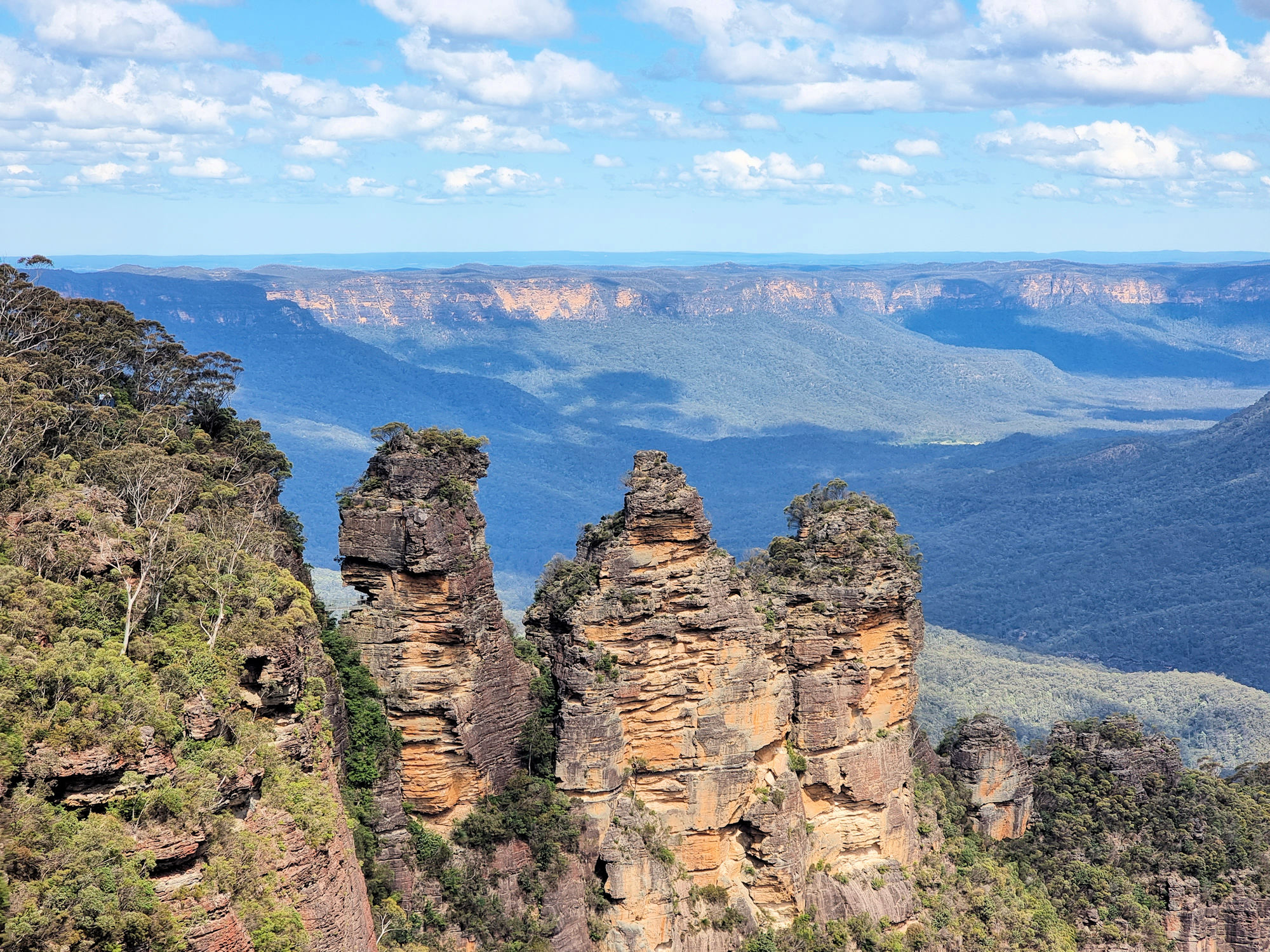Category: Nature
-
Peace Dove Peter Ush

Peace Dove by Peter Ush Located above the high tide mark on Wamberal Beach is a driftwood sculpture Peace Dove by Peter Ush. Built from local driftwood and cuttlefish, it will not last long, so see it soon before nature reclaims it. Wamberal is located on the New South Wales Central Coast around a 90… Read more
-
Echo Point Blue Mountains

Echo Point Blue Mountains Probably the best place to start your trip to the Blue Mountains, Echo Point in Katoomba has amazing views, access to several walks and an information centre. Parking is available in the surrounding streets, where parking meters ensure no-one visits for free. Our first stop was the Visitor Information Centre because… Read more
-
Cooper Park Bushwalking in the City

Cooper Park Located in Bellevue Hill, Cooper Park covers 15 Ha of bushland in the centre of Sydney’s eastern suburbs. Donated to the Woollahra Council as a park in 1913 by Sir William Cooper the park covers a gully from Victoria Road, Bellevue Hill to Manning Road, Double Bay. With tennis courts and cricket nets… Read more